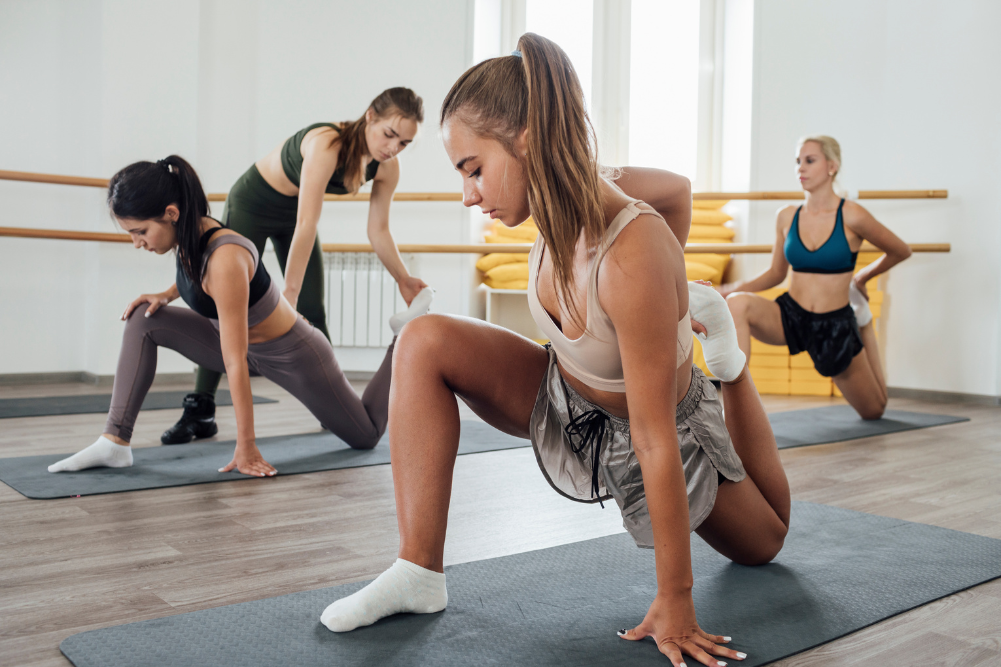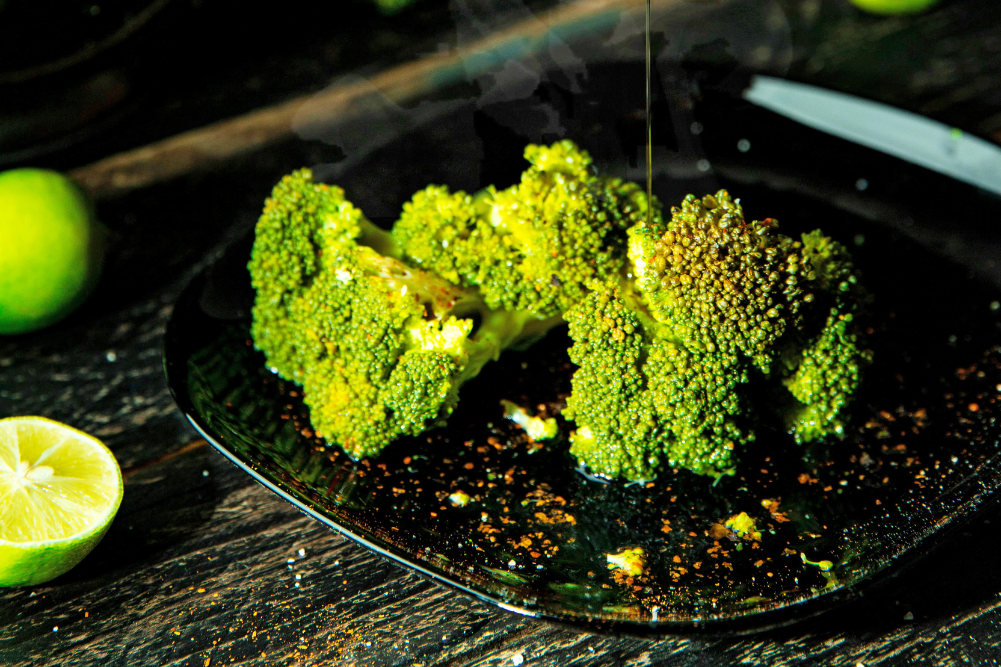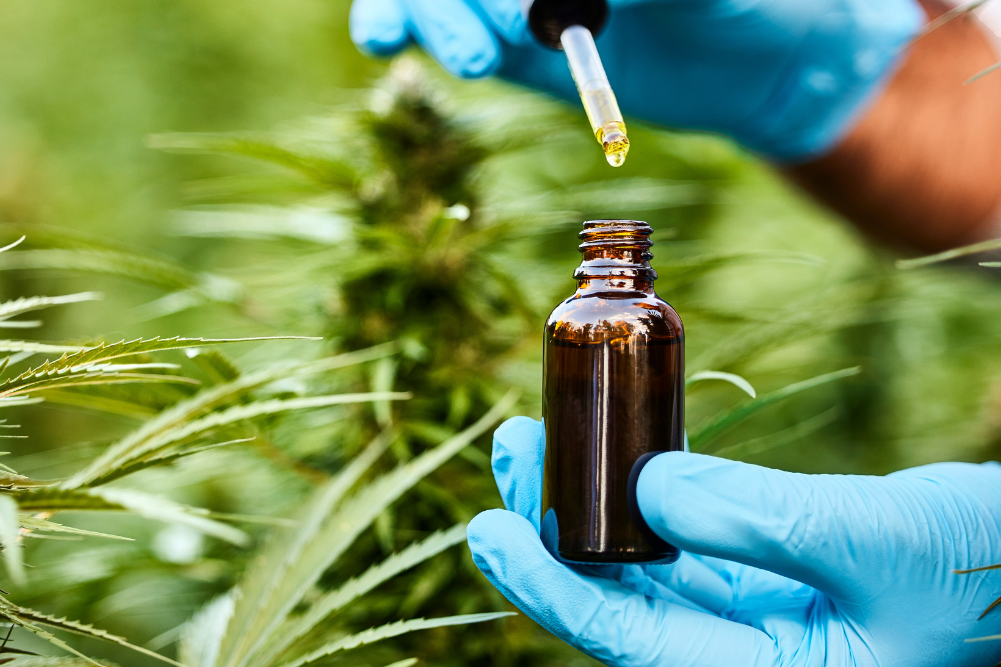Yoga for imposter syndrome
Imposter syndrome is an internalised feeling that your achievements or successes are undeserved, that you are not as smart and skilled as everyone may think you are and that any moment now you will be caught out as a cheat, no matter how much evidence there is of your capabilities and successes. If you are someone who has ever attributed your wins to external powers like “luck”, rather than acknowledging your own intelligence, effort or hard work, you may be experiencing what is known as imposter syndrome. The problem with this state is that when you constantly feel like a pretender, your potential for growth will be limited, as it stifles, or even paralyses, your ability to complete projects and seek out new opportunities.
Conquer the imposter
To develop and thrive in all areas of your life, it’s best to tackle imposter syndrome head-on. The antidote is to understand who and what you really are, and what you are not. As you work towards this goal through yogic practice, you will discover at a cellular level that we are all really play actors dressing up on some level, and that we are all intrinsically connected. The recognition that we are all in it together softens our feelings of being separate and allows us to feel whole instead of worrying we are not enough or worthy of life’s gifts. When you find those moments of stillness, connectedness and peace in meditation or yoga, you will know you’re connected to your true self. Through daily practice, you provide yourself with the opportunity of meeting yourself every day. If for no other reason than discovering your true nature, and conquering the imposter, even if it’s just a three-minute meditation in bed when you wake up, prioritise taking this time.
Everyone has a superpower
No matter who you are or where you are from, you have a superpower, sometimes more than one. Think of the relative you have who is such a whiz in the kitchen they could give Jamie Oliver or Nigella Lawson a run for their money. Or that friend who always knows exactly what to say in any given moment to make sense of what you are going through. The problem is not that we have our strengths or superpowers, rather that we put them on like a costume and then spend our lives reinforcing them and getting validation from those around us for doing so. But just like dressing up at Halloween, no matter how authentic my Game of Thrones costume is, I’m never going to be Daenerys Targaryen Mother of Dragons, so on some level I’ll always feel like Rachael wearing a costume. Unless, of course, I embrace the game, and enjoy the dressing up for what it is — some good old-fashioned fun. When you start to revel in your superpowers like this, when you are grateful for being alive and able to play make-believe for the very rare and whimsical life you have been gifted on this earth, your achievements become a joyful result of the game of life. Not the goal. Like winning best-dressed at the Halloween party, despite my long, synthetic, tangled, blonde wig not resembling the silky white locks of Daenerys at all.
Asmita or ego
From the perspective of yoga, identifying with the costume, or the ego, rather than that deeper part of ourselves is one of the major obstacles to our experiencing a state of yoga. In the second chapter of Patanjali’s Yoga Sutras, “Sadhana pada” on practice, Patanjali tells us the kleshas, or afflictions, prevent us from seeing clearly and experiencing more peace. Asmita, or ego, is one of these kleshas. It’s not the ego itself, or putting the costume on, that’s problematic. The problem lies in our attachment to the costume — believing we are just the costume. It’s us feeling that we are nothing without the costume, even though the reality is that the part of you sitting beneath your costume of strengths, weaknesses, personality and all the rest is the part of you that is the real superhero. That part is limitless, connected to everything, everywhere, always.
Your true nature
You are limitless, vast, more powerful than you can imagine, and the more you spend some time in sadhana, or practice, the more fully you will connect to your true self. That self doesn’t suffer from imposter syndrome because it doesn’t require any external validation. When you achieve something, if you are attached to a costume that needs the endorsement from others, there will be self-doubt and insecurity on some level. It’s exhausting needing approval from others and a waste of your precious prana, or life force. Of course you feel like an imposter, because you know the reality is that you are not that. You are much more. Yoga wants you to feel that. When you spend more time connecting to what lies beneath your costume, connecting to your true nature, you will stop feeling that diffidence and instead feel more peace.
Perfectionism
As you connect with who you really are, you will have to kill the perfectionist within. Imposter syndrome and perfectionism tend to go hand in hand. To feel that you deserve your accolades, you go above and beyond, setting ridiculously high standards for yourself. Wanting to do your best is great but setting unachievable goals for yourself and standards that are impossible to meet, you end up constantly burnt out and feeling like a failure. It can also lead to procrastination, believing whatever you do won’t be worthy or good enough, which leads to missing deadlines, letting people down and reinforcing your misunderstanding that you have always been a fake. Perfectionism arises because you feel you are a fraud; therefore you believe you must work harder and better than everyone else, and even then you’ll doubt you did enough. Instead, how about taking risks and making mistakes? Make big ones, for goodness’ sake. Do your best and fail in the process. What others think of you is none of your business, so give it your all and then don’t wait to see if everyone thinks it’s good enough. As you connect more with that deeper part of yourself, notice how that “you” doesn’t require any outside validation. There is a part of you not touched by the material world, and yoga shows you that you are free from the shackles of feeling like a sham. It reveals the light you are always connected to through practice and then you can shine that with all your might, without worrying about what anyone else thinks of it. It is called a yoga “practice” for a reason. There is no yoga perfect. “Pade, pade”, or step by step, my teacher Manorama D’Alvia says. You give each part of the process your full attention and energy in that moment and then, as the Bhagavadgita would suggest, let go of your attachments to the result.
“O Arjuna, as the ignorant perform actions with attachment and hope of reward, so the wise should act with dispassionate non-attachment, to serve gladly as a guide for the multitudes.” ~ Bhagavadgita 3:25, translated by Paramahansa Yogananda.
Non-attachment
When you stop attaching to the results of your efforts, and instead focus on the work itself, magic happens. Instead of worrying whether you are good enough, or if the outcome will be successful and deserving of praise, you can put all that extra energy into the task at hand. The mind isn’t caught up in second-guessing, wasting time on perfectionism and self-doubt. Instead, you can put all that creativity in doing the absolute best you can. This eradicates any sense of being an imposter and empowers you to be confident that you are giving it everything you’ve got, regardless of the outcome. Non-attachment liberates you and allows you to reach your full potential in any given moment.
Service
The Bhagavadgita also offers the practice of seva or selfless service as a practice to free you and connect you to your deeper self. When we make our life an offering, there is no fear of judgement. By focusing on others, our attachment to our smaller self, the ego, softens. The more we think about serving others, the less we worry about ourselves and what others think of us: the more we connect to the heart space and the reason we are all here — not to be perfect, not to worry what we think of one another, rather to learn to love, accept and take better care of one another.
Yoga practice
Forward folds are a fantastic way to reflect and connect with the deeper part of the self. In this practice, feel what happens as you close the eyes, dive down and soften into the “you” beneath the costume. Try to keep whatever is connecting with the earth firm, whether it is feet or buttocks. By focusing on the exhale, we focus on the energetics of letting go. By emptying the belly out on the exhale and drawing awareness to the belly, we focus on cleansing the lower chakras connected to the sense of survival, creativity and ego, or the “me, my, I”.

Padangustasana
Feet hip width apart, take hands to hips and lift the front of the pelvis up as you inhale. As you exhale, fold forward catching the big toes with middle and index fingers, take a halfway lift on the inhale to lengthen the spine while pulling on the toes. Keep length in the spine and side waist as you exhale and fold forward emptying the belly out. Move shoulders away from ears, sliding shoulder blades away from the neck. Bend the knees if you need to keep the spine long. Take five conscious breaths, focusing on the breath and emptying of the belly each exhale. Inhale to halfway lift, exhale hands to hips. Inhale press through feet and come all the way to stand. Exhale and feel for a moment the results of this first pose.
Prasarita padottonasana
Set the feet wider apart, about a leg length distance apart. Toes point forward. Inner arches lift. Hands to hips as you inhale and lift the front of the pelvis up, exhale as you hinge forward from the hips and fold forward. Hands to earth or blocks, take a halfway lift on the inhale. Keep length in side waist and spine as you fold forward, emptying the belly out. Shoulders away from ears, shoulder blades slide down the back. If the hands touch the earth, press palms down or walk hands back, keeping elbows over wrists. Take five, slow conscious breaths focusing on a long, extended exhale emptying the belly.

Parsvottonasana
Step the left foot back about a leg length distance, with feet about hip width apart. Take hands to hips and lift front of pelvis up on the inhale. On the exhale, hinge forward from the hips folding forward. Take hands to earth or blocks. Inhale to halfway lift, exhale to fold forward over the front leg keeping the length in the spine and side waist. Peel the right hip back in line with the left. Take five slow, conscious breaths focusing on the exhale emptying the belly out. Inhale to press through the feet and come all the way up. Exhale to step the left foot forward. Swap to the other side.
Paschimottonasana
Sit with feet together or hip width apart. Hands either side of hips pressing down. Flex the feet back to engage front of legs, lifting quadriceps and kneecaps. Inhale to reach the arms up, to lengthen the side waist, front body and back body equally. Exhale to fold forward emptying the belly out and keeping length in the spine. If you have a strap or scarf handy, you can wrap it around the balls of the feet to make your arms longer. Otherwise catch the thighs, shins or feet with hands, keeping the side waist long. Wait for an exhale to fold forward emptying the belly. Take five conscious breaths focusing on the exhale.

Seated wide-legged forward fold
Sitting with legs wide, inhale to lengthen the side waist and spine, exhale to fold forward. Have hands either behind you, use a strap, or catch thighs, shins or feet. Inhale to lengthen the spine, exhale fold forward. Focus on your five breaths, emptying the belly out.

Supported savasana
Recline on a bolster so that the chest is open, connecting to the heart centre. Allow the buttocks to connect to the earth and the body to ground down into the bolster. As you relax each body part, listen to the sounds around you and then see if you can let the breath and listening be more subtle. Drop into the internal sounds. In stillness and silence, see if you can feel who and what you are beneath the costume of your body and ego. Feel your true nature. Stay for as long as you can.
Photography by Tessa Tran








